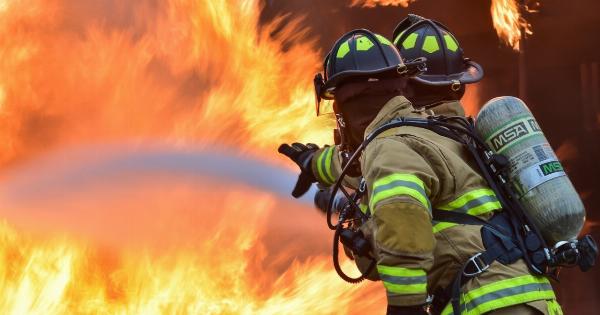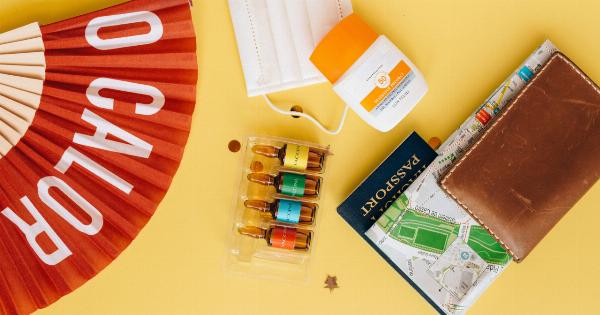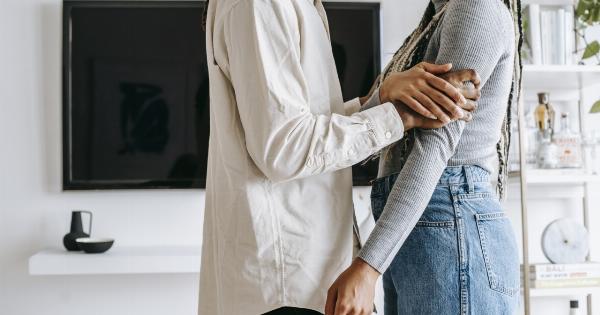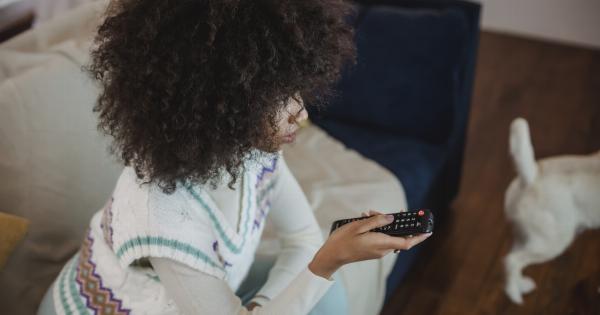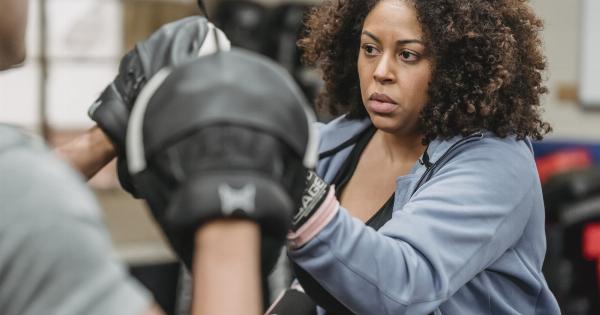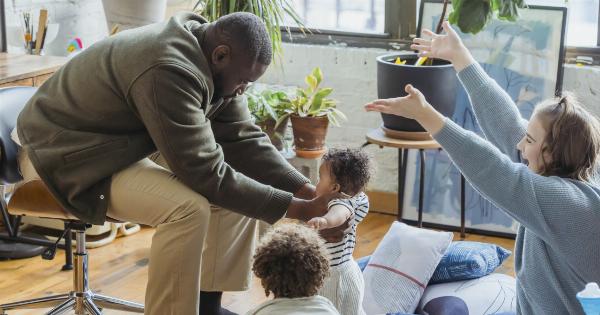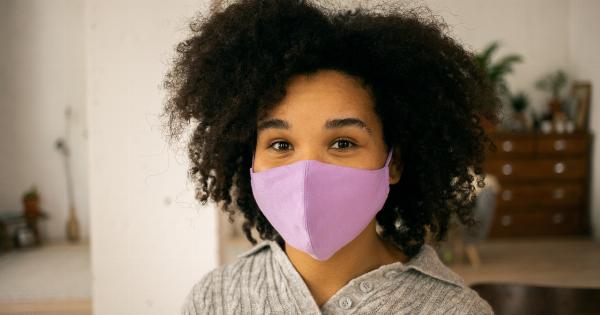Accidental burns can happen to anyone, but with a few simple precautions, you can significantly reduce the risk of sustaining a burn injury.
Whether you’re in the kitchen cooking up a storm or enjoying a cozy bonfire in your backyard, it’s essential to prioritize burn prevention to keep yourself and your loved ones safe. In this article, we will explore some valuable tips and tricks to help you prevent burns and ensure a safe environment for everyone.
1. Stay Aware in the Kitchen
The kitchen is a hotspot for potential burn injuries, primarily due to hot stoves, scalding water, and boiling liquids. To prevent burns while cooking:.
- Always use oven mitts or pot holders when handling hot pots, pans, or dishes.
- Keep flammable items, such as towels or curtains, away from the stovetop.
- Turn pot handles inward to prevent accidental spills or knocks.
- Never leave cooking food unattended, especially when using high temperatures or hot oil.
2. Handle Hot Appliances Cautiously
Whether you’re using a hair straightener, a clothes iron, or a toaster, always exercise caution when handling hot appliances:.
- Wait for appliances to cool down before storing them away.
- Keep hot appliances out of children’s reach.
- Use flat surfaces, such as an ironing board, to prevent accidental contact with flammable materials.
- Unplug appliances when not in use.
3. Test the Water Temperature
Scalds from hot water are common, especially in homes with young children or elderly individuals. Follow these tips to avoid scalding accidents:.
- Set your water heater’s thermostat to a safe temperature (around 120°F or 49°C).
- Test the water temperature before bathing by using your elbow or a reliable thermometer.
- Always supervise young children during bath time to prevent accidental burns.
- Consider installing anti-scald devices on faucets and showerheads.
4. Stay Cautious with Heating Equipment
Heating equipment, such as space heaters and radiators, can pose a fire hazard if not used correctly. Follow these precautions:.
- Maintain a safe distance of at least three feet between heaters and flammable objects.
- Avoid leaving space heaters unattended or running them while sleeping.
- Do not use space heaters to dry clothes or other objects.
- Regularly inspect and clean your heating equipment to prevent dust buildup.
5. Exercise Caution around Fireplaces and Bonfires
Fireplaces and bonfires are a great way to create a cozy ambiance, but they can also result in severe burns if proper safety measures are not followed:.
- Always use a fireplace screen to prevent sparks from flying out.
- Keep children and flammable materials at a safe distance from the fire.
- Never leave a fire unattended and ensure it is fully extinguished before leaving the area.
- Avoid wearing loose-fitting clothing or dangling accessories around fires.
6. Educate Yourself about Chemical Burns
Chemical burns can occur from exposure to strong acids, alkalis, or other corrosive substances. Protect yourself by:.
- Wearing protective gloves, goggles, and clothing when handling chemicals.
- Educating yourself about proper chemical storage and handling techniques.
- Having a first-aid kit readily available to treat chemical burns immediately.
- Following the instructions and safety guidelines mentioned on chemical products.
7. Be Mindful of Electrical Hazards
Electrical mishaps can result in burns or even fatal accidents. Take these precautions to minimize these risks:.
- Avoid overloading electrical outlets and use surge protectors when necessary.
- Keep electrical cords away from heat sources and never run them under rugs or behind furniture.
- Unplug appliances by gripping the plug itself rather than pulling the cord.
- Replace damaged or frayed cords immediately and hire a professional for any electrical repairs.
8. Stay Safe in the Sun
While the sun provides warmth and vital vitamin D, overexposure can lead to painful sunburns. Protect your skin by:.
- Applying sunscreen with a high SPF regularly, especially during peak sun hours.
- Wearing protective clothing, hats, and sunglasses when spending extended time in the sun.
- Seeking shade or using umbrellas when the sun is at its strongest.
- Staying hydrated and drinking plenty of water.
9. Create a Childproof Environment
Children are naturally curious and more vulnerable to burns. Ensure their safety by implementing these preventive measures:.
- Install childproof covers on all electrical outlets to prevent accidental contact.
- Keep matches, lighters, and candles out of children’s reach.
- Use stove knob covers to prevent children from accidentally turning on burners.
- Teach children about the dangers of hot surfaces and objects.
10. Know Basic First Aid for Burns
Even with the utmost precautions, accidents can still occur. Knowing how to administer basic first aid for burns is essential:.
- Immediately cool a burn with cool (not cold) water for at least 10 minutes.
- Remove any constrictive items, such as jewelry or tight clothing, from the affected area.
- Cover the burn with a sterile, non-stick bandage or clean cloth.
- Do not use adhesive bandages directly on a burn.
- Seek medical attention for severe burns, burns on the face or genitals, or burns caused by chemicals or electricity.
By following these burn prevention tips and tricks, you can significantly reduce the risk of burn injuries. Remember, prevention is always better than cure when it comes to burns.
Stay cautious, prioritize safety, and create a burn-free environment for you and your loved ones.

